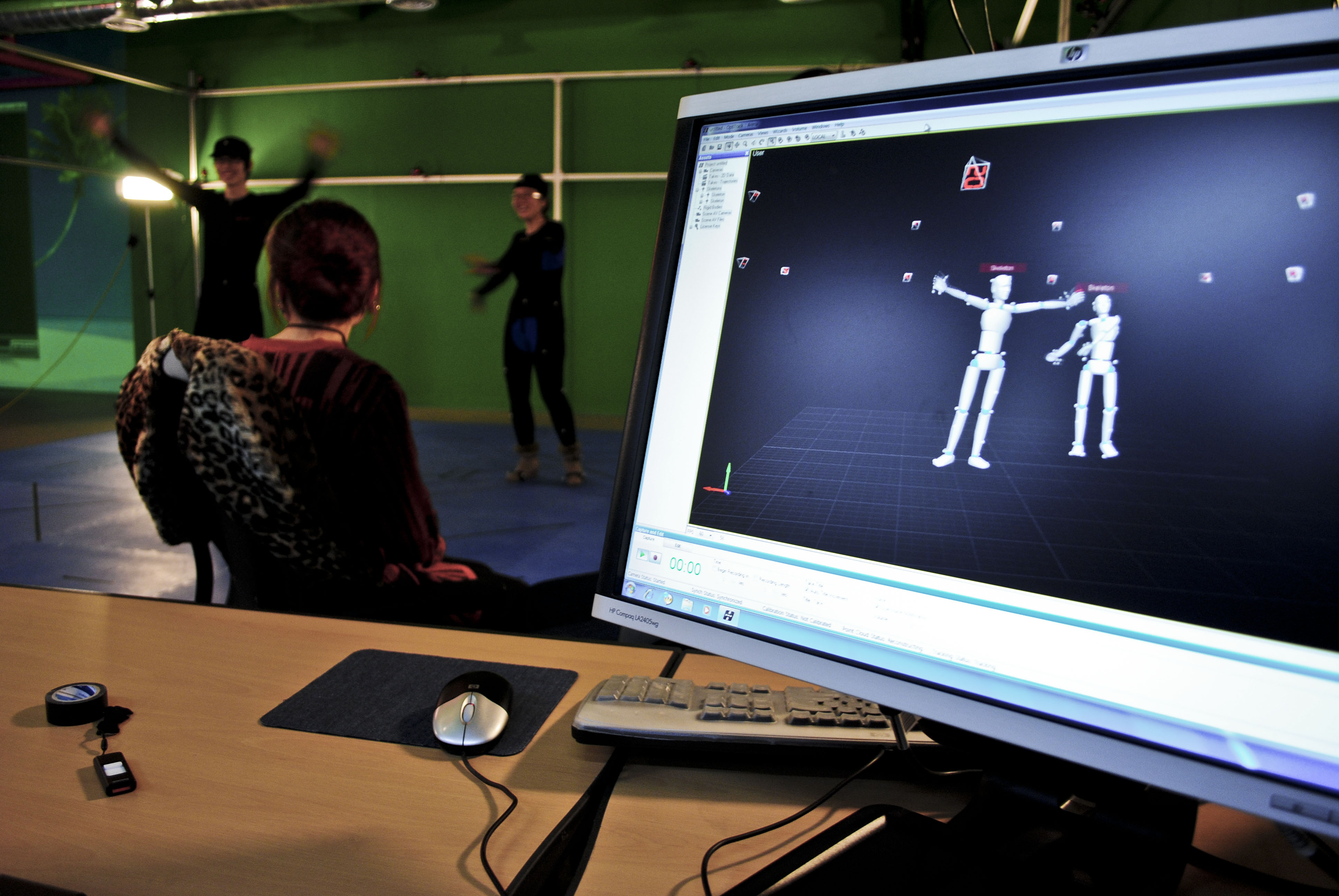 |
| source: Google |
In the world of modern gaming, players crave immersive experiences that transport them to new realms of realism. One groundbreaking technology that has revolutionized the gaming industry is motion capture. By capturing the movements of real-life actors and translating them into lifelike character animations, motion capture has brought an unprecedented level of authenticity to game development. In this article, we will explore the concept of motion capture and delve into its profound impact on game development.
What is Motion Capture? Motion capture, often abbreviated as mocap, is a technique used to record the movements of humans or objects and convert them into digital data. In the context of game development, motion capture involves tracking the motions of actors or performers using a system of sensors, markers, or cameras. These movements are then translated into animations that bring virtual characters to life on the gaming screen.
The Process of Motion Capture: Motion capture begins with the setup of a specialized capture environment, which typically includes a stage or studio equipped with high-resolution cameras or sensors. Actors or performers wear motion capture suits or have markers placed on their bodies to track their movements accurately. As the actors perform specific actions or scenes, the cameras or sensors capture their motions, creating a precise digital representation of their actions.
Benefits of Motion Capture in Game Development:
Realism and Immersion: Motion capture enables game developers to create character animations that closely mimic real human movements. This level of realism enhances immersion and makes the game world feel more authentic, captivating players and drawing them deeper into the gaming experience.
Fluid and Natural Animations: Traditional animation techniques often struggle to replicate the subtleties and nuances of human motion. Motion capture overcomes this challenge by capturing the intricate details of real-life performances, resulting in animations that are fluid, natural, and lifelike.
Time and Cost Efficiency: With motion capture, animators can bypass the painstaking process of hand-keying every animation frame. By capturing real actors' performances, developers save significant time and effort, allowing them to focus more on refining other aspects of the game.
Versatility and Adaptability: Motion capture data can be reused and adapted across different characters or games. This versatility enables developers to create diverse and expressive animations for various characters, ensuring a rich and dynamic gaming experience.
Combat and Action Sequences: Motion capture is particularly advantageous in games that feature combat, stunts, or action sequences. By capturing the movements of trained professionals or stunt performers, developers can achieve highly realistic and visually impressive fight scenes or acrobatic maneuvers.
Challenges and Limitations: While motion capture offers numerous benefits, it does come with some challenges and limitations. These include:
Equipment and Setup Costs: Setting up a motion capture studio and acquiring the necessary equipment can be a significant investment, making it less accessible for smaller game development teams with limited resources.
Technical Expertise: Motion capture systems require specialized knowledge to operate effectively. Developers must have a thorough understanding of the equipment, software, and data processing techniques to capture and utilize motion data accurately.
Post-Processing and Cleanup: Raw motion capture data often requires post-processing and cleanup to eliminate glitches, noise, or artifacts. This additional step adds complexity and time to the animation pipeline.
Artistic Interpretation: While motion capture provides realistic movements, some developers argue that it can limit creative freedom. Striking a balance between realism and artistic vision is crucial to ensure the animations align with the game's style and narrative.
Conclusion: Motion capture technology has undeniably transformed the landscape of game development, enriching games with astonishingly lifelike character animations. By bridging the gap between the virtual and real worlds, motion capture has elevated the immersive potential of gaming experiences.
Motion capture technology Game animation Realistic character movements Virtual actors Performance capture Motion tracking Character animation Immersive gaming experiences Animation pipeline Marker-based motion capture Digital data recording Real-time motion capture Virtual reality games Game development tools Motion capture suits Facial expression capture Cinematic storytelling Interactive character interactions Action sequences Game physics integration

Post a Comment